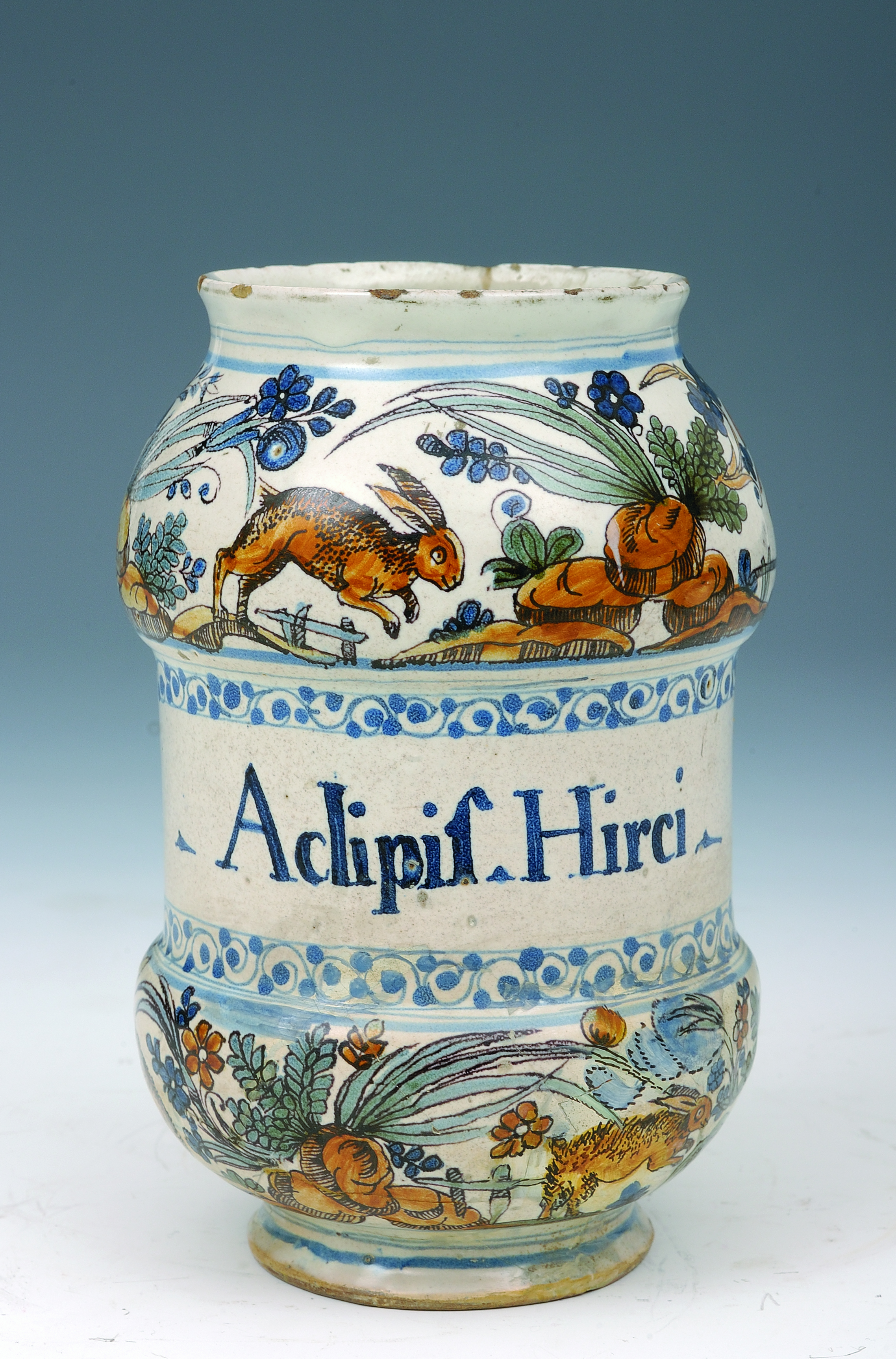
Click here to view image

Click here to view image

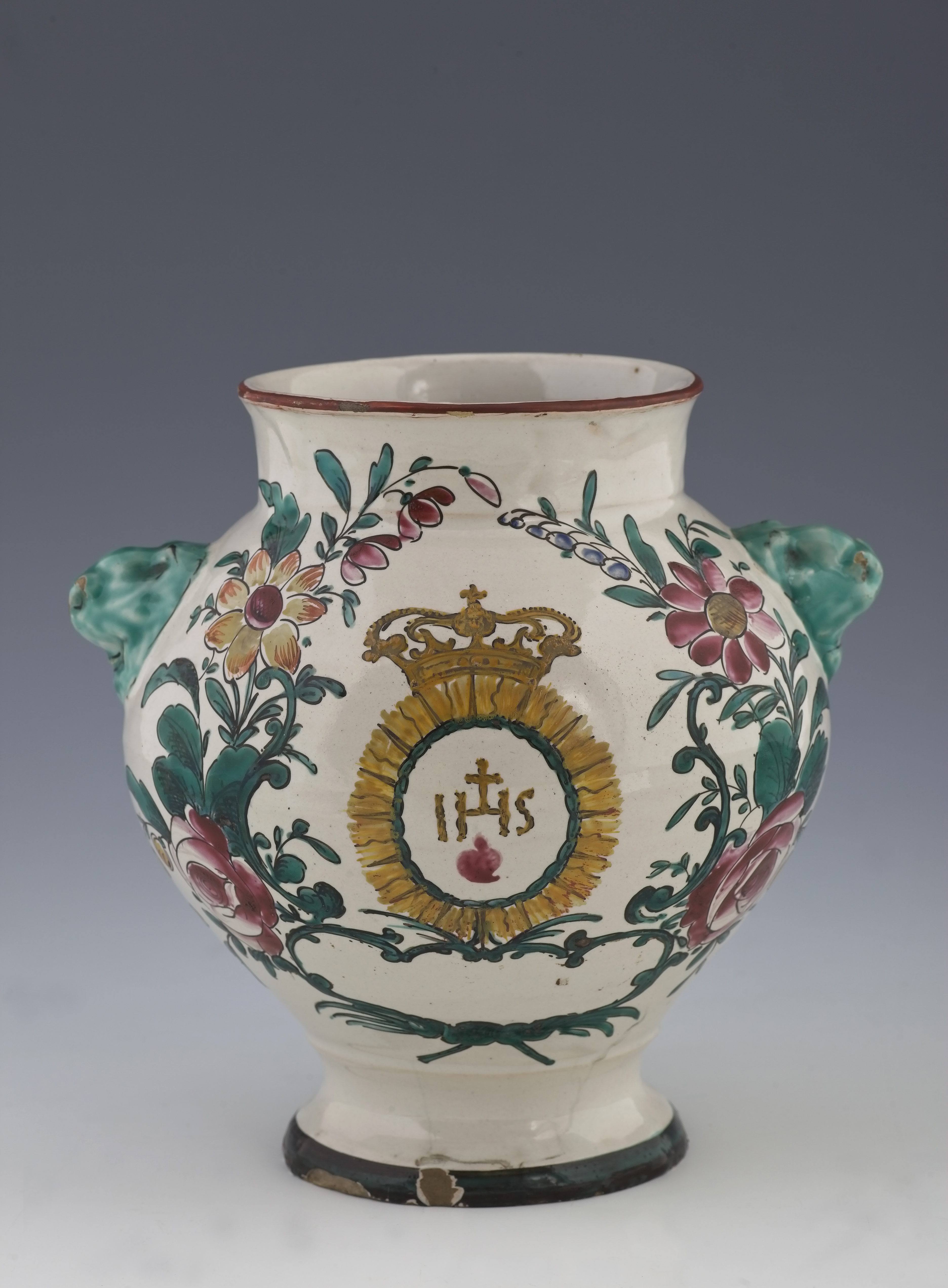
Click here to view image


Click here to view image

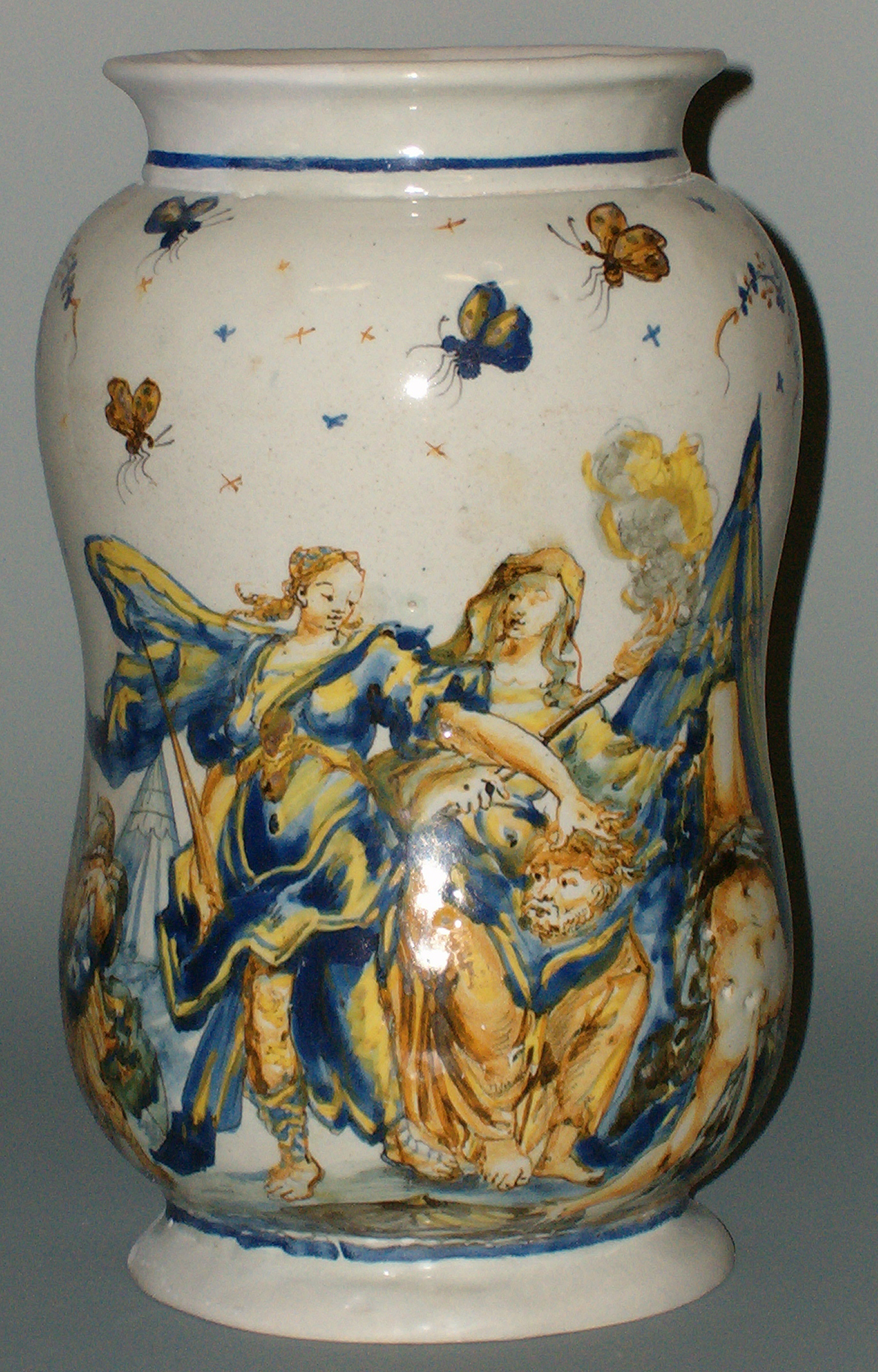
Click here to view image

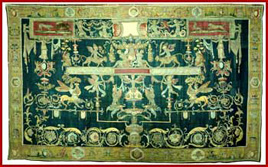
Click here to view image
Tapestry depicting Mars in grotesque
cm. 363 x 630
This large tapestry, woven in Brussels, belonged to one of the series that Perin del Vaga designed for the home of Andrea Doria, the Prince’s Palace.
This series has been modernly called Gods to grotesque: in each tapestry stands the symbol or allegory of a deity.The god Mars is here symbolized, in the center, by a panoply with two prisons, and accompanied by elaborate motifs of grotesque, phytomorphic gyros, monstrous creatures, cupids, winged victories.
Perin del Vaga, who had been a collaborator of Raphael in Rome, was called by Doria after 1527 to supervise the decoration and furnishing of that princely residence.

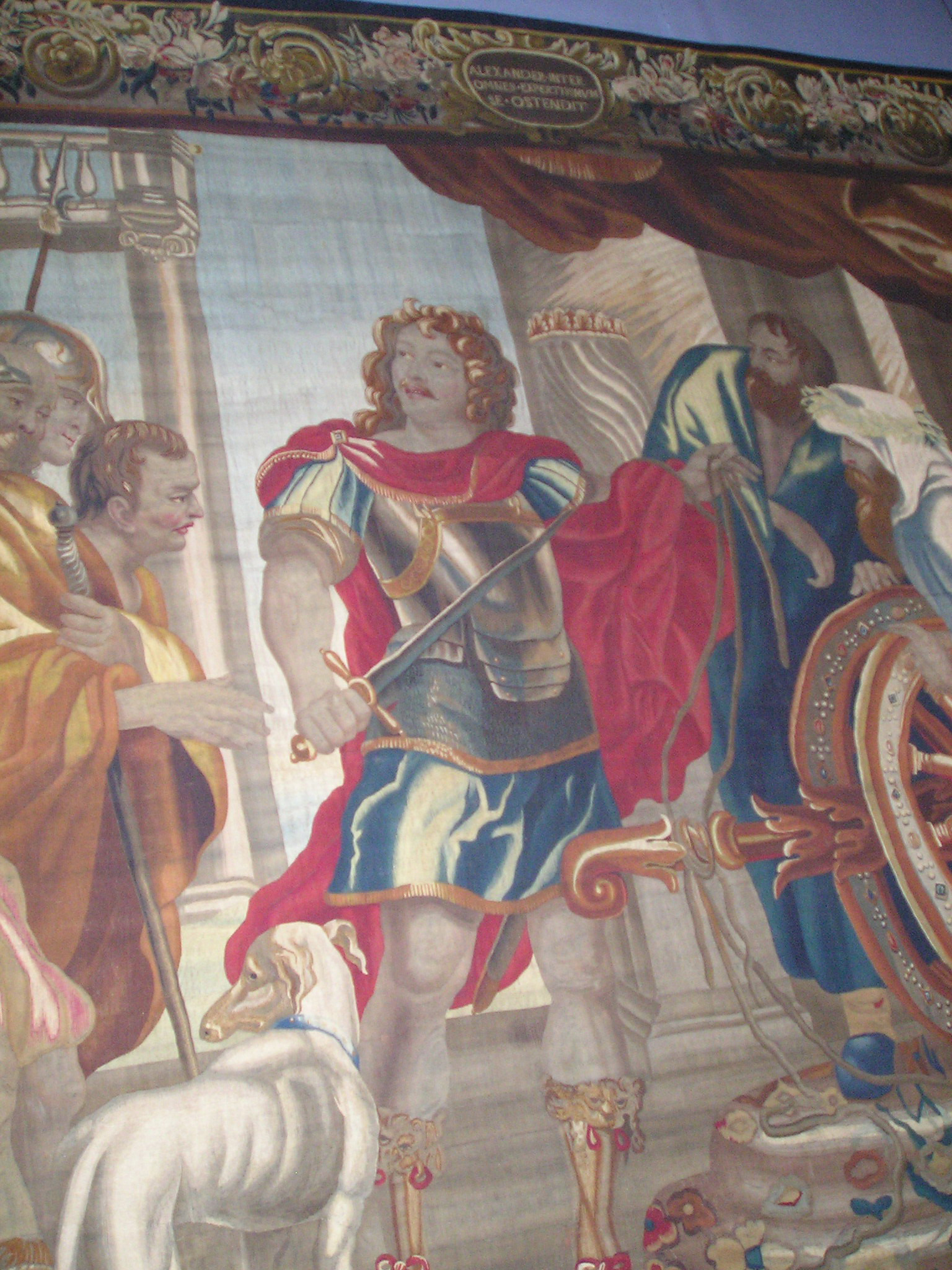
Click here to view image
Tapestry with the stories of Alexander the Great, detail 1
Cloth

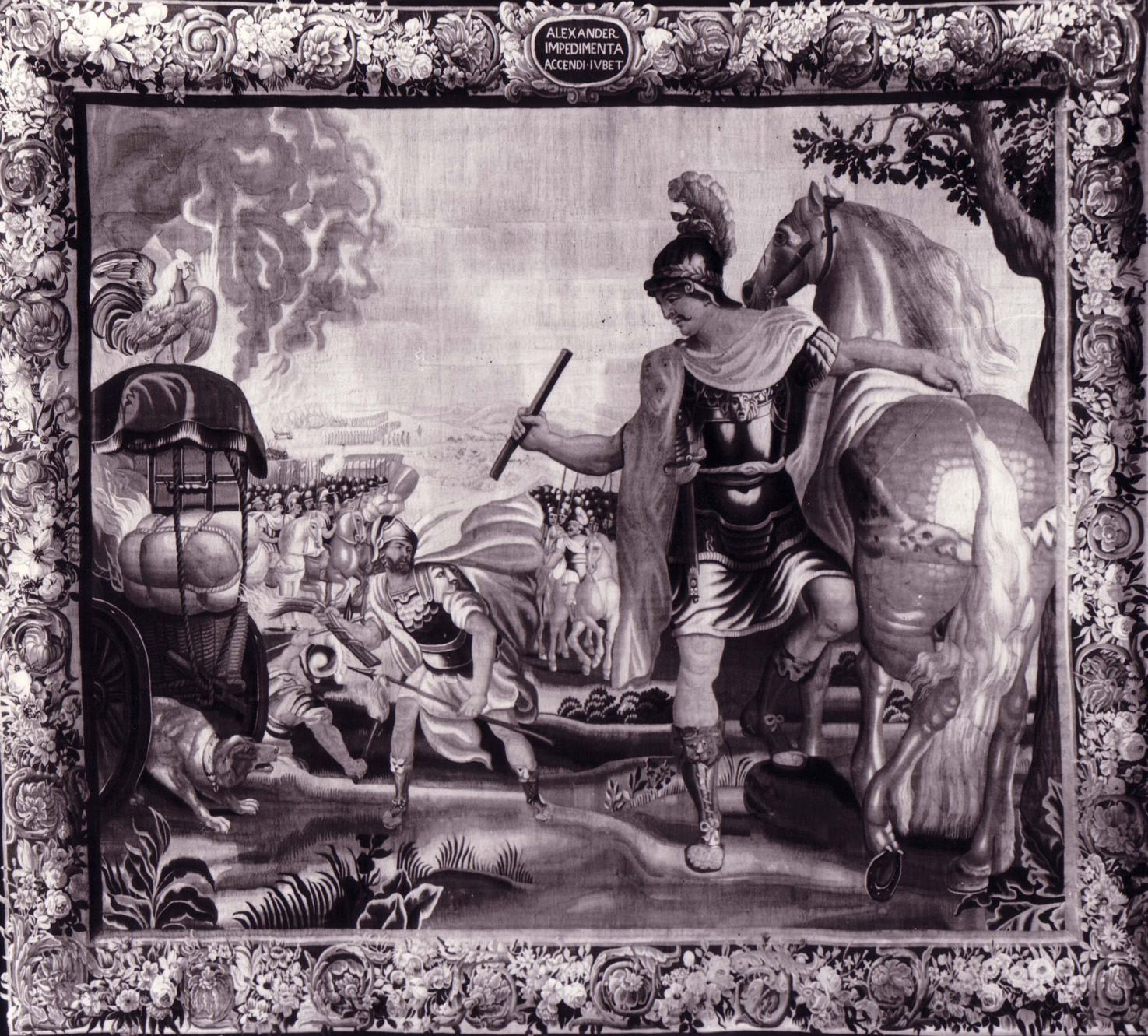
Click here to view image
Tapestry with the stories of Alexander the Great
Cloth

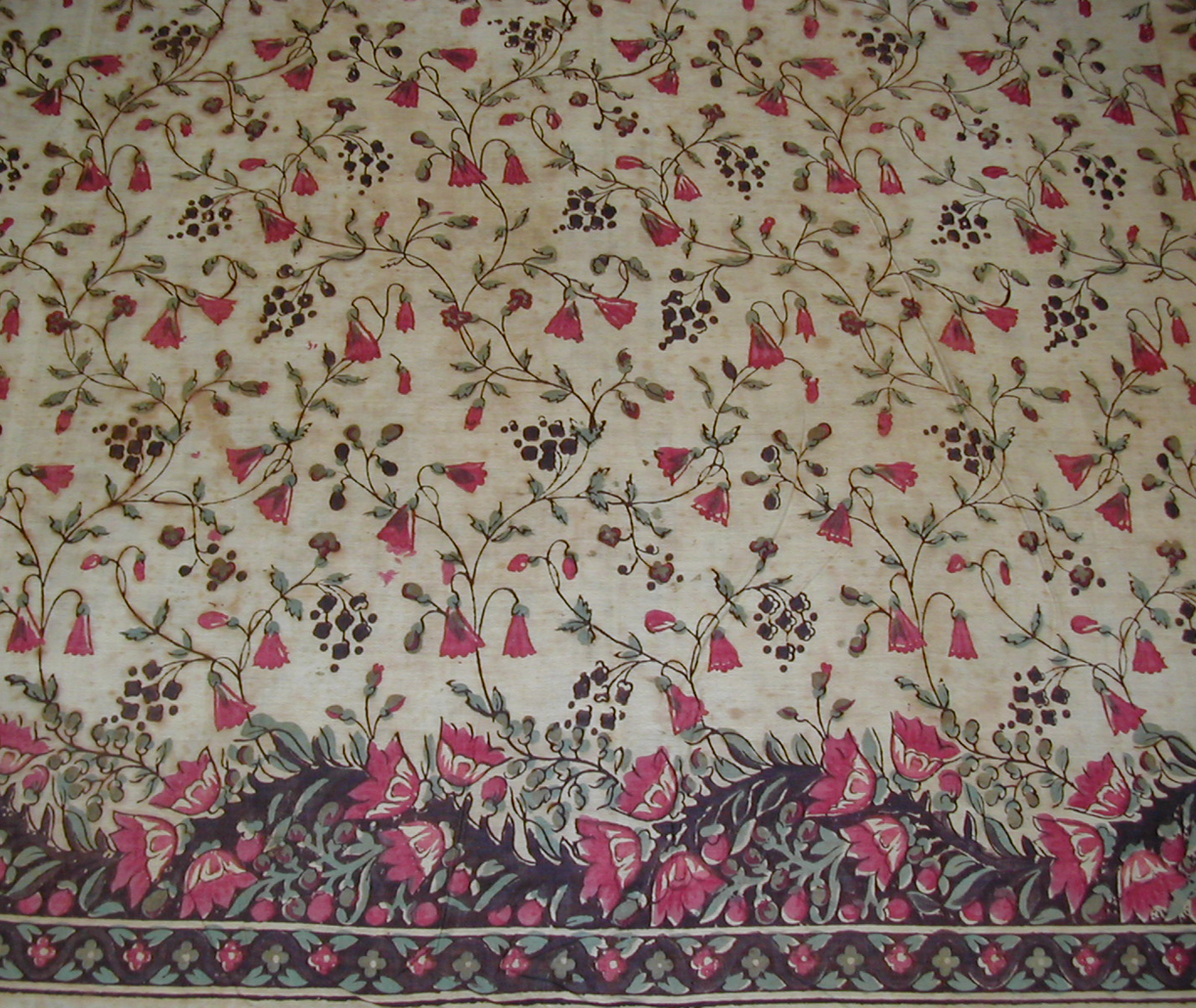
Click here to view image
Cloth for women’s clothing (pezzotto)
Printed cotton canvas with wooden dies

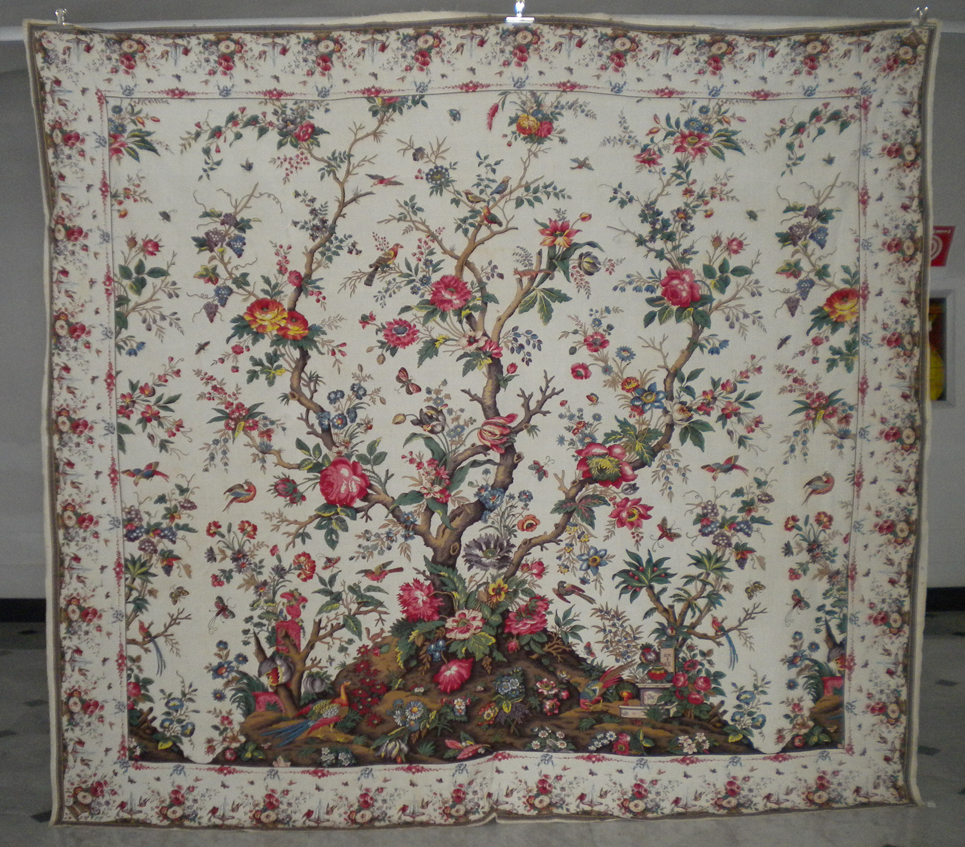
Click here to view image
Mezzaro of the Castagno
Printed cotton canvas with wooden dies

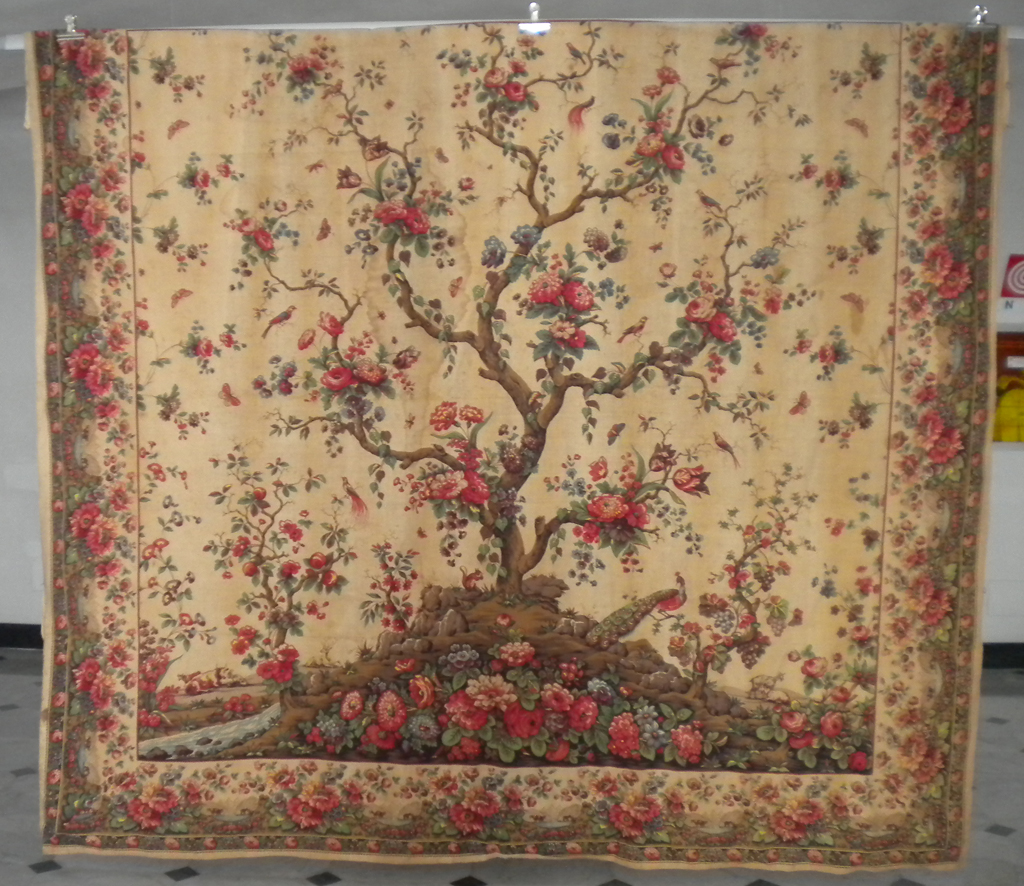
Click here to view image
Mezzaro of "Vacchette"
Mezzaro of "Vacchette"
M.G.L. 1325
Unità di misura: cm; Altezza: 254; Larghezza: 264
Printed cotton canvas with wooden dies
Shawl (mezzaro) known as ‘delle Vacchette’ with a central tree at the foot of which are a squirrel and a peacock, while cows, a deer and goats are depicted on either side. The mezzero has a double border: the outer one is decorated with alpine flowers, the second with alpine scenes featuring cows and goats against a backdrop of snow-capped mountains.




Headquarters:
Municipality of Genoa - Palazzo Tursi
Via Garibaldi 9 - 16124 Genoa
C.F / VAT 00856920102